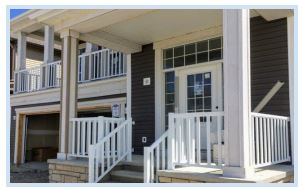Design of Railing Configurations with Front Step Pillars
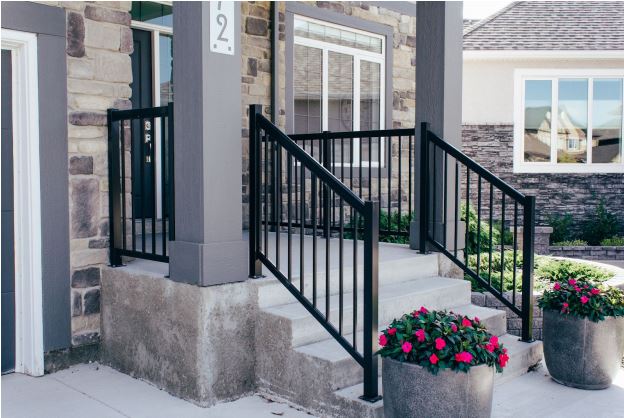
Front step pillars are very common in many
home designs, however choosing the correct
railing configuration for your pillar style can be
challenging. One of the most common
problems is deciding how to install a railing on
a front step that wasn’t designed to have a
railing. The decision depends on many factors,
including pillar location, pillar covering, front
step layout and stair height. Some railing
configuration may not comply with the
specified building code, which is why it is
important to first consult with an expert before
installation.
Why can’t the railing be bracketed
to the pillar directly?
In many cases, the railing actually can be
bracketed to the pillar, however there are two
cases where this may not be viable.
The pillar location
If the pillar is located near the centre of the
steps, bracketing to the pillar may affect the
continuity of the railing. The building code
states that the railing must be continuous from
the first step to the landing, and if the railing is
separated by a large pillar, the inspector may
argue that the railing is not graspable along
the full length.
The pillar covering
This problem arises when the pillar is covered
with cultured stone or brick. Cultured stone is
a very rough and uneven surface, meaning that
the wall bracket will not sit flat, and can
therefore not be secured correctly. When the
pillar is made from bricks, the bricks may crack
during installation.
We always recommend putting a post next to
the pillar, to avoid these potential issues.
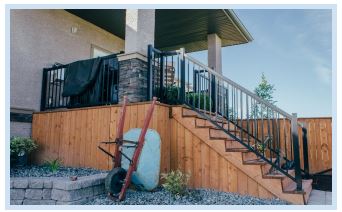
What are the advantages of
aluminum pillars?
Pillars add to the aesthetic of your steps or
patio as well as providing structural support.
They can be used with low ceilings, or to hold
plants or lights. Pillars often add to curb
appeal and therefore saleability of your house.
Aluminum columns have many advantages,
including:
Style: aluminum blends in with a variety of
exterior design such as modern, or classic
Durability: there is no need to regularly
maintain or repair aluminum columns since
they don’t warp, rot, rust, or corrode.
Expense: because they need little to no
upkeep, they don’t come with continued
expenses.
Strength: aluminum is a great choice for
supporting balconies, or other covered
walkways.
Versatility: aluminum columns work well with
homes, cottages, or small businesses.
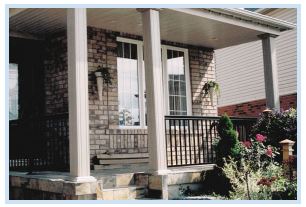
I have pillars on my landing, is it
better to bracket the railing to the
pillars? Or use a post
Whenever possible, it is always best to bracket
the landing railing to the pillar. The reason for
this is that the pillars are a structural part of
the home, meaning they will be strong and
secure for the railing.
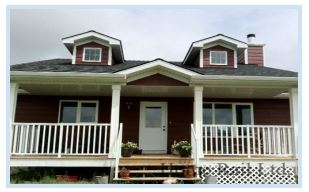
However, if the pillar is made from stone or
brick, there is always a risk of cracking or
damage to the pillar. It can be done, however
we do not recommend going with this option
in this case.
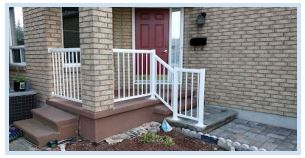
Will the railing match the style of
my pillar?
The HomeRail system is designed to have a
simple and sleek look in order to match both
modern and old-fashioned pillar designs. No
matter if the pillar is aluminum, wood, PVC,
vinyl, cultured stone or brick, we can help you
find a railing to match your style.
